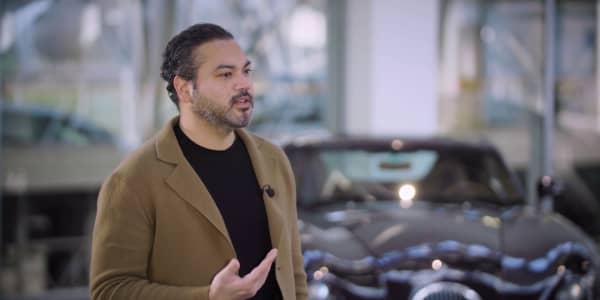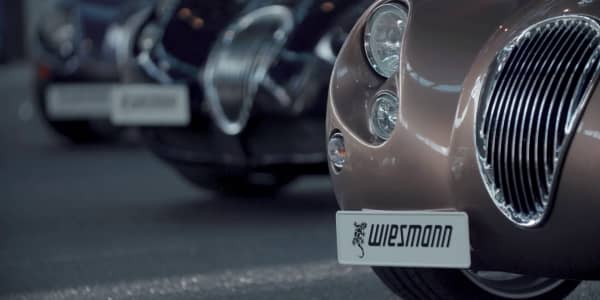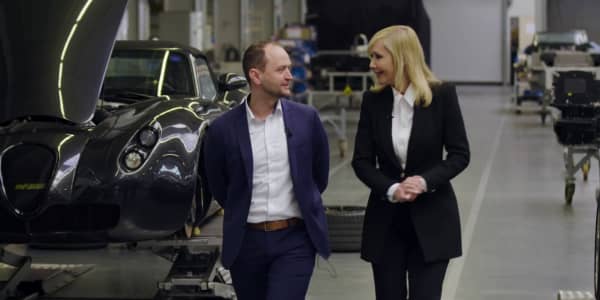You may not have heard of Easton LaChappelle, but the 19-year-old made waves when he invented a $400, 3-D printed prosthetic robotic arm that landed him a meeting with U.S. President Barack Obama.
When he was just 14, LaChappelle saw a little girl with a prosthetic limb that cost a whopping $80,000. It sparked an idea, which began with a robotic arm made entirely of Lego.
"It really helps someone who is an amputee - who has a large amount of medical bills and is kind of battling the whole insurance game - to get something that's functional...and something that they need to regain life," LaChappelle told CNBC in an interview at the Pioneers Festival tech show in Vienna.
And LaChappelle's company, Unlimited Tomorrow, has even released the design and software for other companies to use.
Read MoreRobots:The new low-cost worker
"There are only a few companies operating in medical prosthetics and it's difficult to compete," LaChappelle said, adding that open sourcing the design allowed bigger companies to bring the product to market quicker and get it to the people who need it most.
Merging man and machine
Now the entrepreneur is turning his attention to so-called advanced control systems - robot parts worn by humans that will allow someone to control a machine via their brain.
Take an industrial machine that lifts and drops boxes, for example, which works in a similar way to a large hand.
A human could wear a robot hand that is connected to a device that picks up brainwaves. All the user has to do is think about what movement they want the machine to do and it will happen. The control will be an alternative to other control mechanisms, like a joystick for example.
Prosthetic limbs will also be able to be controlled in the same way.
Read MoreRobot Reality: How Robots Will Change Our Lives
"If we can create a better control system to merge man and machine you will have a better efficiency in industry," LaChappelle told CNBC.
The teen's project comes as an increasing number of factories use robotics to carry out tasks. But at the same time many influential thinkers -- from Bill Gates to Stephen Hawking -- fear that robots are going to take more and more human jobs.
LaChappelle sees his solution as the "middle line," with companies adopting robotics but still needing the help of humans.
"I think given that robotics can always be more consistent and reliable and eventually more cost effective," he added. "It makes tremendous sense for companies to implement it… (but) humans are pretty key in many applications."





